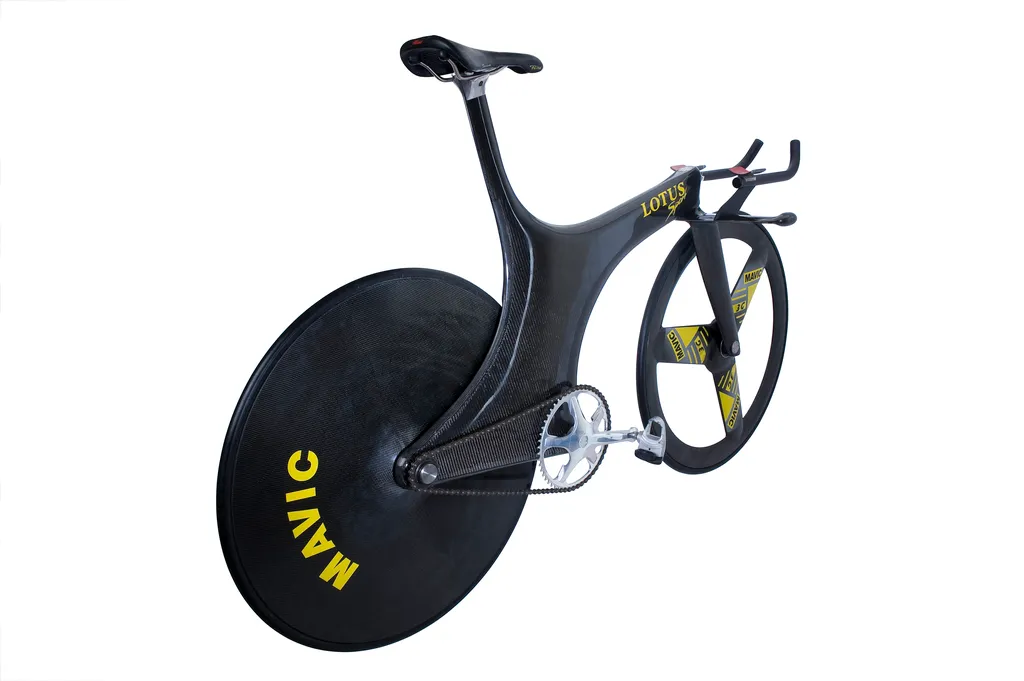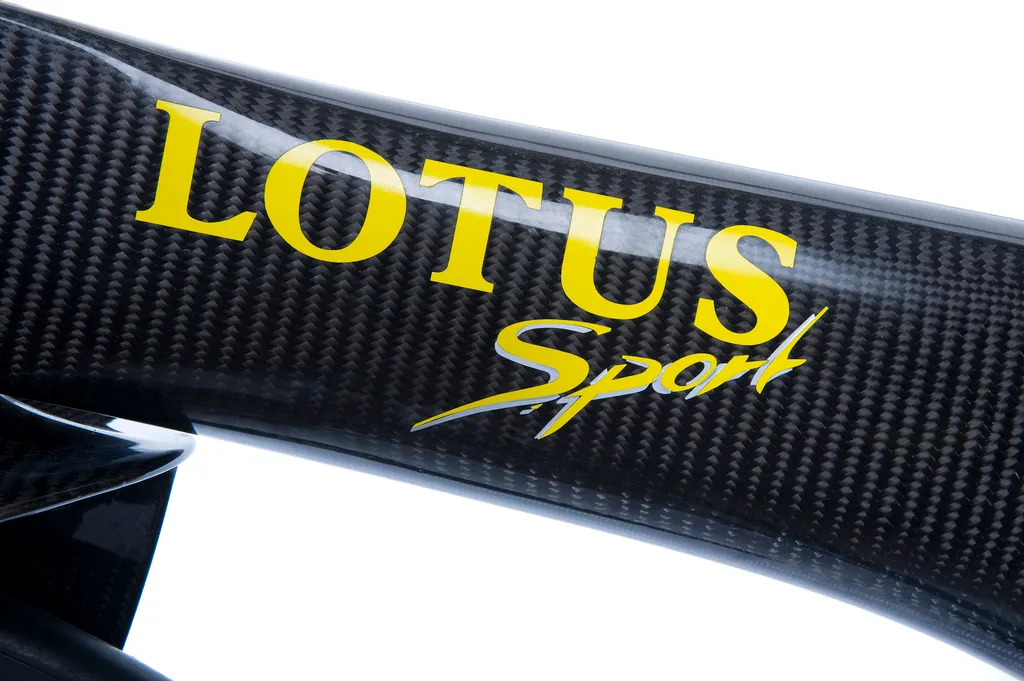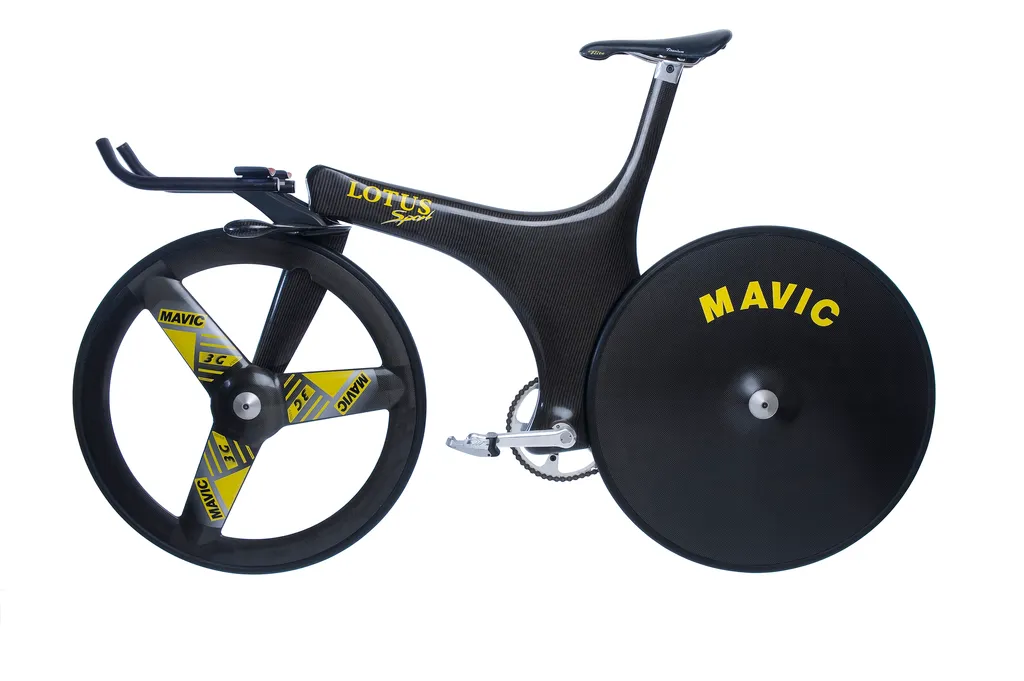Legendary engineer and bike designer Mike Burrows – the mastermind behind the Lotus 108 – has died.
Burrows was best known for designing the ground-breaking 108 with Lotus, ridden by Chris Boardman to individual pursuit victory at the 1992 Olympic Games in Barcelona – and a bike Boardman today described as “the most elegant, beautiful piece of machinery that’s ever been designed”.
Burrows’ influence extended from the track to the road, via recumbents and cargo bikes, with his designs including the original Total Compact Road (TCR) for Giant, with the sloping top tube he pioneered now commonplace on every modern road bike.
But the 108 remains the framebuilder’s original masterpiece, with its sculpted monocoque frame, single-sided chainstay and mono-blade fork.
Speaking to BikeRadar, Boardman said: “Of all the marvellous bikes we’ve seen over the past 30 years, and even further back, there’s only one that sticks in the mind.
“I don’t think anyone would disagree that it’s the most elegant, beautiful piece of machinery that’s ever been designed.”
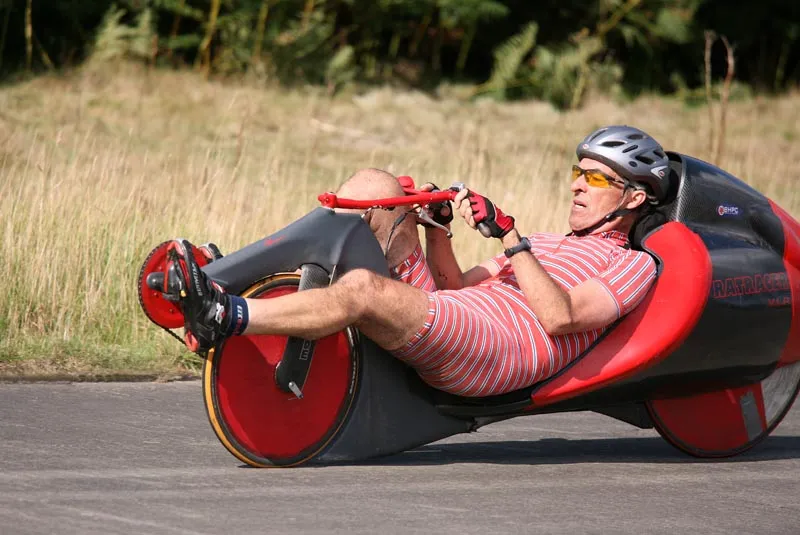
Burrows had been working on the design that became the Lotus 108 through the 1980s but it wasn’t until the UCI overturned its ban on monocoque frames that the bike became a competitive reality.
“I saw that bike in the 1980s, at Bassano del Grappa [in 1985], when I was riding the World Championships as a kid,” said Boardman. “He’d gone to get it ratified by the UCI, but they didn’t allow it at the time.”
Burrows worked with Lotus to forge the 108, before Boardman took gold in 4:27.357 minutes at the Velòdrom d'Horta in Barcelona on 29 July 1992.
“That’s the bike that defined him,” said Boardman. “He went to Lotus because he wanted to see it become something bigger but in some ways it was sad that it became known as ‘the Lotus bike’, because it was ‘the Mike Burrows bike’, in polished form.”
Boardman’s result in Barcelona – Great Britain’s first gold medal since the 1920 Olympics – put British cycling and the 23-year-old track and time trial specialist on the map, and helped pave the way for the success that has followed, according to Boardman.
“There’s a thread between Mike and the success that Great Britain has achieved over the decades that followed,” he said.
“He’s made cycling into a story. The thing he designed was a shape that cut through beyond bicycle design.
“It gave Peter Keen credibility when lottery funding came along to start the World Class Performance Programme. Peter Keen employed Dave Brailsford and brought him into cycling, then he started Team Sky. You can connect so many things with Burrows – he was part of that story."
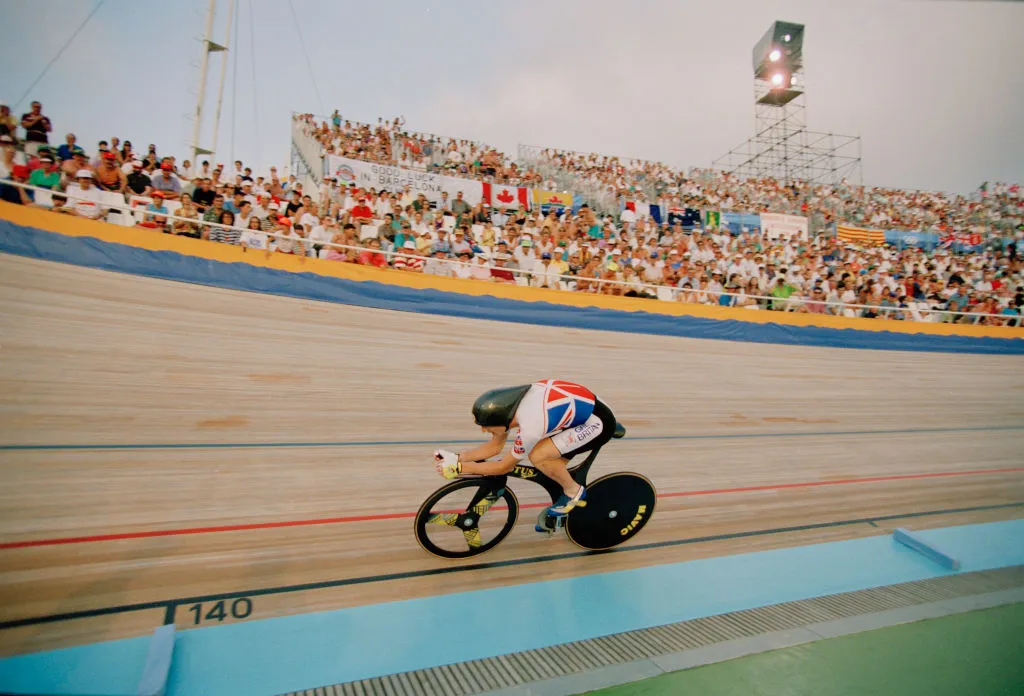
Burrows was an engineer “just way ahead of his time” and his approach to bike design is still evident in the thinking that dominates today’s technology, from aerodynamic know-how to the use of monocoque frames.
“Mike was talking to me about putting ridges down the front of tubes in the 1980s – that was trip technology that ‘we’, in inverted commas, discovered 25 years later in a wind tunnel,” said Boardman.
Burrows was a bike designer intent on carving his own path, bringing his visions to life from his Norkfolk workshop.
Boardman added: “He very much did everything on his own terms and accepted the consequences of that as well. It didn’t put him in the limelight and it didn’t put him into the everyday life of people. He was a fascinating bloke.
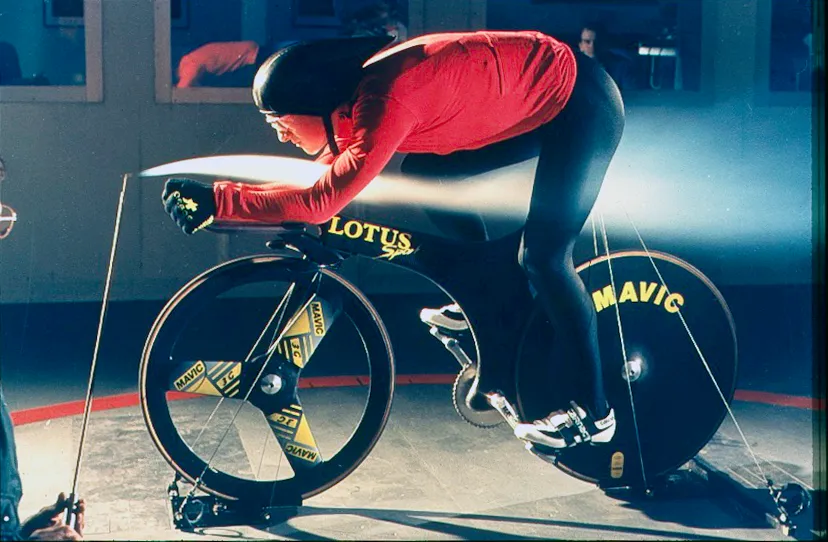
“He didn’t do emails, he didn’t do mobile phones, so people communicated to Mike on his terms, which was infuriating but also quite endearing. He was just a character that never quite got the credit he deserved, in my opinion.”
Gold in Barcelona on Burrows' bike put Boardman on track for a career that went on to include the UCI Hour Record and three Tour de France stage wins, including a 1994 victory on the Lotus 110, a road-going version of the 108 designed by Burrows. At the time, Boardman’s victory came at a record average speed – 55.152kph – for a Tour de France stage win.
“My life wouldn’t have been the same without Mike Burrows,” said Boardman. ”There wouldn’t have been a pointy helmet and the amazing bike I rode at the Olympic Games in 1992. Without that, it would have just been a bike race. I can’t imagine – my life would have been very different without Burrows.”
